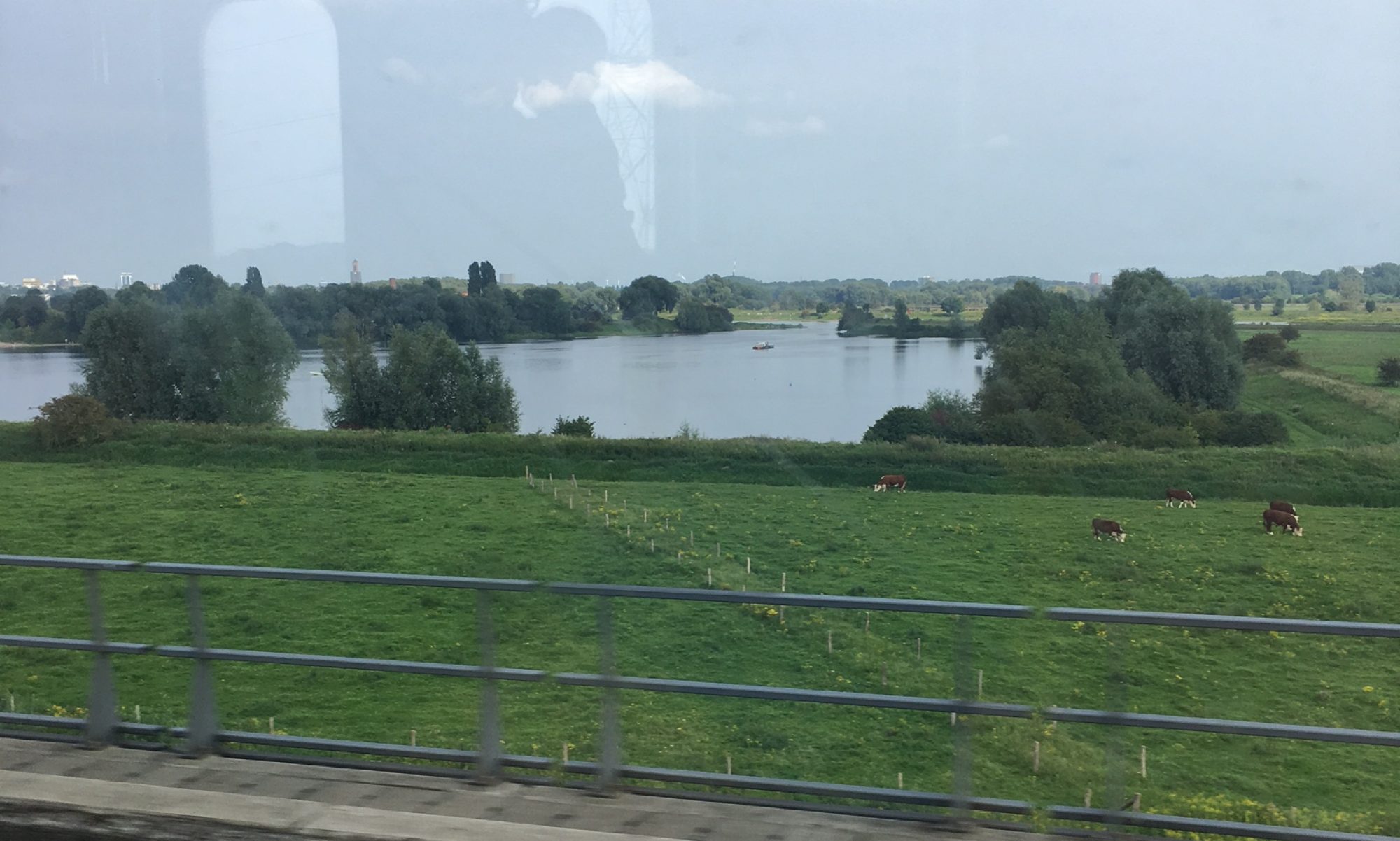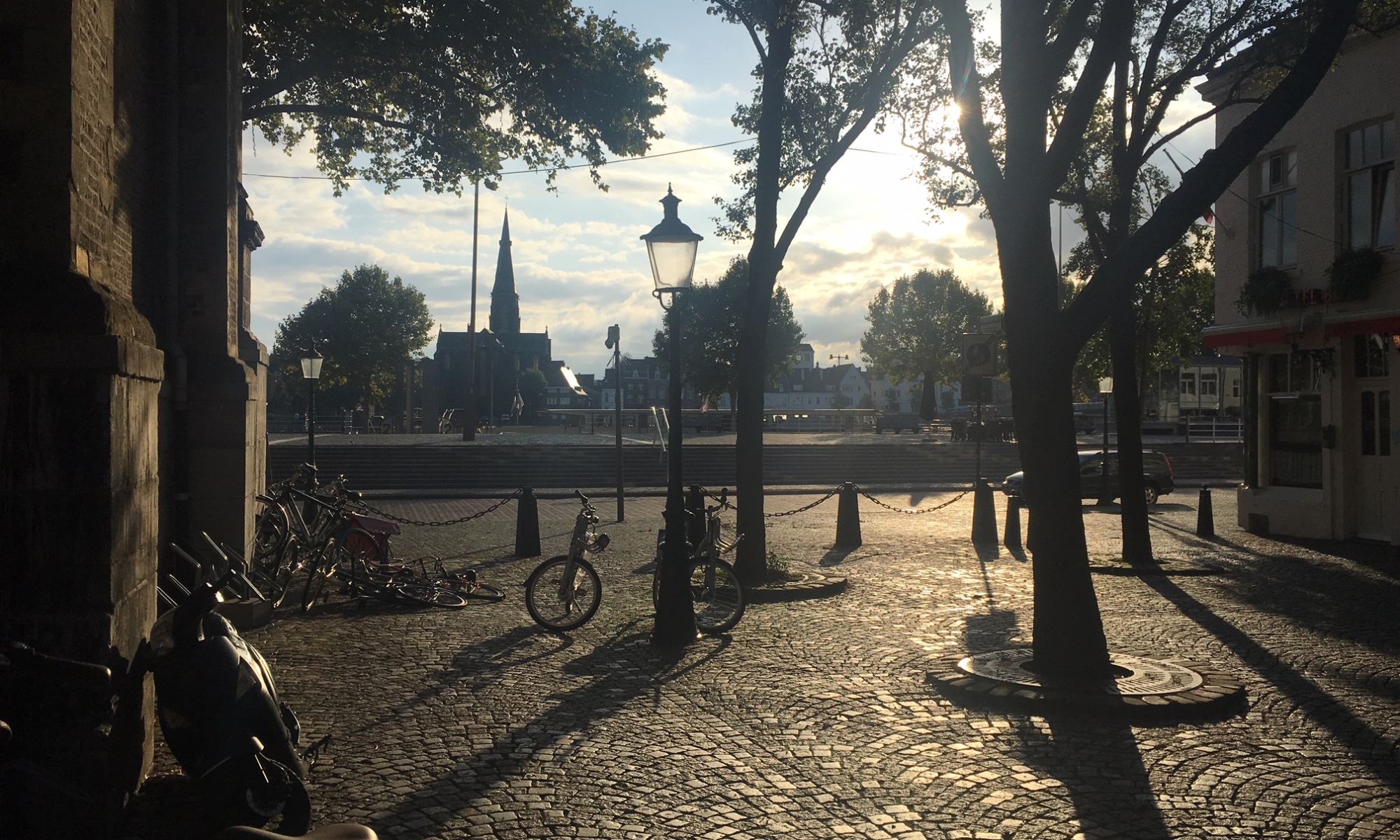How many times do we get to fall in love, in one lucky lifetime? In my worldview, a good life involves falling in love deeply and enduringly just a few times — with a lifetime partner or two, child(ren) if we have them, a profession/practice/purpose/cause, and perhaps a place that we decide to settle or at least to revisit often. But this is the view of a constitutional monogamist — some might say that the more you get to fall in love (even when falling out of love is necessarily implied), the better.
Place love (topophilia, a word popularized by John Betjeman and WH Auden) is something that I’m primed for. Like the psychology of securely attached children who are then primed for a lifetime of healthy relationships, I was raised with such a strong sense of place — counter to what most modern American kids experience — that I feel freed somehow to roam in the world, to love deeply and intensely even places that will never be mine. I grew up a German Texan in an area where my family had been for 8 generations (our heimat), wearing holiday dirndls; singing German beer hymns; celebrating Wurstfest, Wasserfest, Wassailfest; swimming at the Schlitterbahn (water park); and knowing all my second and third cousins. We didn’t speak German anymore — my family, like everyone else in the area, had dropped it during World War II — but my Great Grandmother Thelma and Great Great Aunt Helen would still teach me some when I asked. No matter that no one I knew had ever actually been to Germany, nor that our Germanness might be so watered down that it could be taken for a caricature. I grew up seeing life-sized dioramas of my ancestors at the town Heritage Exhibit each year, replaying our “arrival in America” story from 150 years earlier. Authenticity didn’t matter so much as having a solid sense of story and self that was intimately tied to our limestone-and-creekbed homeland. (Michael will also say that he fell in love with me the first time he visited my hometown, when I took him around town showing him where my ancestors were born and the buildings that my great grandfather built and the ancestry mural that my mother helped to commission.) My sisters, cousins and I are the increasingly rare white Americans who’ve had a kind of “ethnic” upbringing, problematic as it may be for me to claim that term. I’ve had all of the perks and none of the costs implicated by outsiderness.
So, what I’m primed for is this: To show up in a place, behold its beauty, attempt to grapple with its complexity, and try to follow the trails to its inner core. Yesterday, on a walking tour of Maastricht, it hit me: I’m falling in love with this place, positively giddy about its beauty, eager to rub up against its complexity, looking for the roads that lead to the inner core.
(City tours are supposed to make you do that, so…I’m a sucker, guilty as charged.)

And the history and longevity of one of the oldest cities in the Netherlands provides so much to grab onto: Maastricht has been at times Celtic, Roman, French, Belgian, German, Spanish, and Dutch. There is visible residue of each of those eras, piled upon eras, everywhere that you look. It’s a deeply Catholic city (60%) and a long-term military stronghold that was really only demilitarized, so to speak, in 2001 — thank you, EU, for the open borders. Oh, and did I mention that the Treaty of Maastricht, signed here in 1992, is what formed the modern EU?
There’s much more to say, and I’m out of time. Consider this a first installment in place love, with so much more about Maastricht yet to come.


